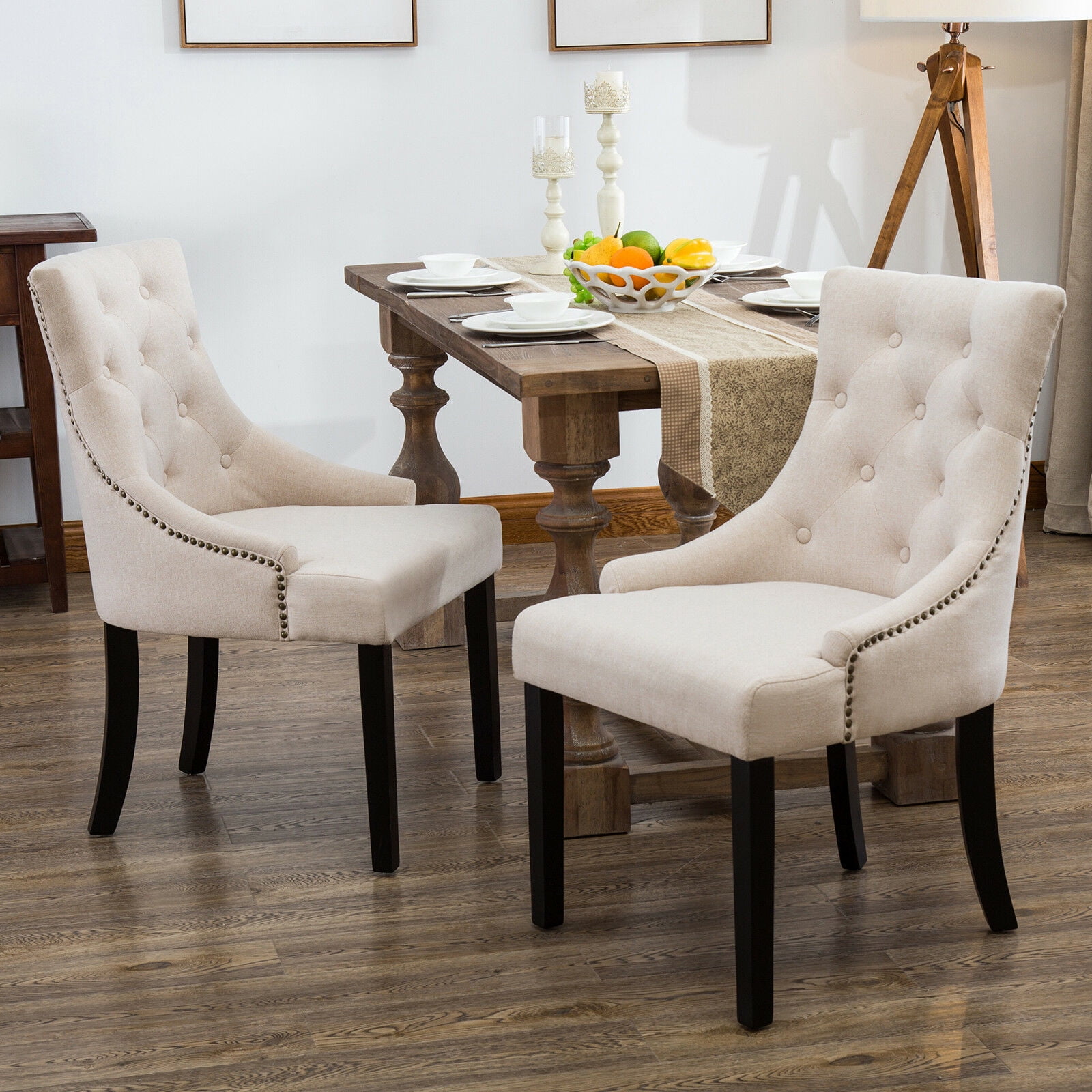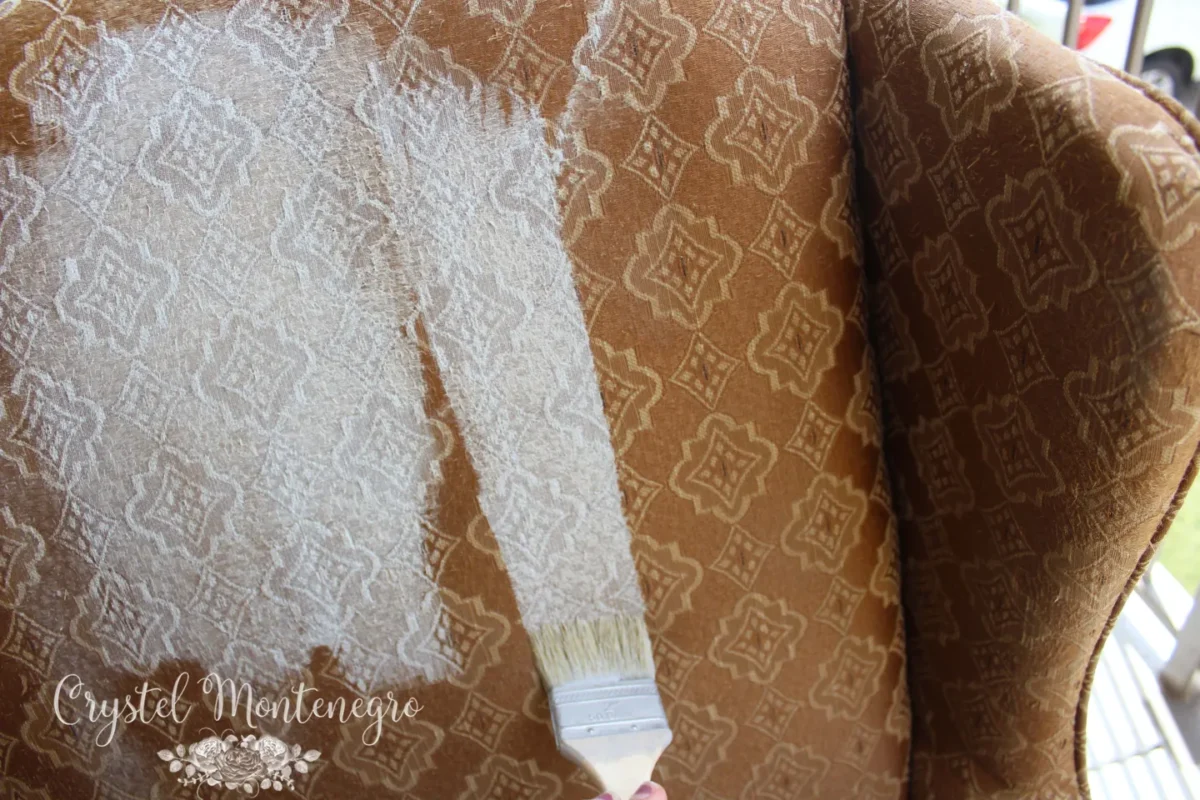Reasons for Painting Chair Legs Black

Painting chair legs black is a popular design choice that can transform the look of a chair and elevate the overall aesthetic of a room. This simple yet effective technique offers a range of benefits, from enhancing the visual appeal to adding practicality.
Aesthetic Appeal of Black Chair Legs
Black chair legs are a versatile design element that can seamlessly integrate into various interior design styles. Their inherent elegance and sophistication make them a suitable choice for both traditional and contemporary settings.
- Traditional Interiors: Black chair legs can add a touch of classic sophistication to traditional interiors, complementing furniture pieces with intricate carvings or ornate details. They can create a sense of balance and grounding in rooms featuring rich fabrics, warm colors, and antique accents.
- Contemporary Interiors: In contemporary settings, black chair legs can provide a sharp contrast against light-colored walls and minimalist furniture, adding a touch of drama and visual interest. They can also complement modern materials like metal, glass, and leather.
- Mid-Century Modern Interiors: Black chair legs are often seen in mid-century modern furniture, where they contribute to the clean lines and geometric shapes that define this style. They can enhance the vintage charm of iconic pieces like Eames chairs or Saarinen tables.
Creating Contrast and Visual Interest
Black chair legs can create a striking contrast against lighter furniture upholstery or the surrounding décor, drawing attention to the chair and adding visual interest to the room. This contrast can make the chair appear more prominent and add depth to the overall design. For instance, a black chair with a light-colored fabric can create a sense of visual balance and sophistication.
Practical Considerations
Beyond aesthetic appeal, painting chair legs black can also serve practical purposes.
- Concealing Blemishes: Black paint can effectively cover scratches, blemishes, or imperfections on the chair legs, restoring their appearance and extending their lifespan. This is particularly beneficial for older or well-loved chairs that may have accumulated minor wear and tear.
- Protecting the Wood: Painting chair legs with a durable black paint can provide a protective layer against moisture, dirt, and scratches, preserving the wood and extending the chair’s longevity. This is especially helpful for chairs in high-traffic areas or those exposed to the elements.
Complementary Chair Designs and Materials
Black chair legs can complement a wide range of chair designs and materials.
- Wooden Chairs: Black chair legs can create a bold contrast against the natural wood grain of chairs made from oak, walnut, or cherry. This contrast can highlight the wood’s beauty and create a sophisticated look.
- Upholstered Chairs: Black chair legs can add a touch of elegance to upholstered chairs, particularly those with light-colored fabrics or patterns. They can also provide a grounding element for chairs with bold upholstery colors or prints.
- Metal Chairs: Black chair legs can complement metal chairs, especially those made from chrome or steel. The combination of black and metal can create a sleek and modern aesthetic.
Painting Techniques and Materials: Painting Chair Legs Black

Transforming chair legs from their original state to a sleek black finish requires careful preparation and the right tools. This section will explore the necessary materials and techniques to ensure a smooth and professional-looking result.
Materials Needed, Painting chair legs black
The materials needed for painting chair legs black are relatively simple and readily available. The key is to choose the right tools for the job and understand their specific applications.
- Paint: Black paint is the obvious choice, but the type of paint will depend on the finish desired.
- Acrylic paint is a water-based option, easy to clean up and dries quickly. It’s a good choice for beginners and for indoor furniture.
- Latex paint is another water-based option, known for its durability and resistance to moisture. It’s suitable for both indoor and outdoor furniture.
- Oil-based paint provides a harder, more durable finish, making it ideal for high-traffic areas and outdoor furniture. However, it takes longer to dry and requires mineral spirits for cleanup.
- Primer: A primer is essential for creating a smooth surface for the paint to adhere to. It helps to prevent the wood from absorbing the paint unevenly, resulting in a more consistent color. Choose a primer specifically designed for wood.
- Brushes: A variety of brushes are needed for different tasks.
- Small angled brushes are ideal for painting corners and intricate details.
- Larger flat brushes are best for painting flat surfaces.
- Foam brushes are inexpensive and easy to use for larger areas.
- Roller: A roller can be used for painting larger areas quickly and efficiently. A small roller is ideal for chair legs.
- Sandpaper: Sandpaper is essential for preparing the chair legs for painting. Use a medium-grit sandpaper to smooth out any rough spots and a fine-grit sandpaper to create a smooth, even surface for painting.
- Drop cloths: Protect your work area from paint spills and drips with drop cloths.
- Protective gear: Always wear gloves and a mask when working with paint. This protects your skin and respiratory system from harmful chemicals.
- Paint thinner: If using oil-based paint, you’ll need paint thinner for cleaning brushes and tools.
Preparing the Chair Legs
Preparing the chair legs is crucial for achieving a smooth and even finish. This involves cleaning, sanding, and priming the surface.
- Cleaning: Start by cleaning the chair legs thoroughly to remove any dirt, dust, or grime. A damp cloth and mild detergent are sufficient. Allow the legs to dry completely before proceeding.
- Sanding: Sanding helps to smooth out any rough spots and create a uniform surface for the paint to adhere to. Start with a medium-grit sandpaper to remove any imperfections, then switch to a fine-grit sandpaper to create a smooth finish.
- Priming: Apply a coat of primer to the chair legs, using a brush or roller. The primer will create a barrier between the wood and the paint, preventing the wood from absorbing the paint unevenly. Allow the primer to dry completely before painting.
Painting Techniques
There are several painting techniques you can use to achieve a smooth and even finish. Each technique has its own advantages and disadvantages, depending on the size of the chair legs and the desired level of detail.
- Brush painting: Brush painting is a classic technique that allows for precise control. It’s ideal for painting small areas, intricate details, and achieving a textured finish.
- Tips for brush painting:
- Load the brush with a small amount of paint and work in thin, even strokes.
- Avoid overloading the brush, as this can lead to drips and uneven coverage.
- Use long, smooth strokes to create a uniform finish.
- Work in small sections, allowing each section to dry before moving on to the next.
- Tips for brush painting:
- Roller painting: Roller painting is a faster and more efficient technique for painting larger areas. It’s ideal for achieving a smooth, even finish.
- Tips for roller painting:
- Load the roller with a small amount of paint and work in smooth, even strokes.
- Avoid rolling over the same area multiple times, as this can create streaks.
- Work in small sections, allowing each section to dry before moving on to the next.
- Tips for roller painting:
- Spray painting: Spray painting is a quick and easy technique for achieving a smooth, even finish. It’s ideal for painting large areas, but it requires a well-ventilated area.
- Tips for spray painting:
- Work in a well-ventilated area, preferably outdoors.
- Hold the spray can about 6-8 inches from the surface and spray in smooth, even strokes.
- Avoid spraying too close to the surface, as this can create drips and uneven coverage.
- Work in thin, even coats, allowing each coat to dry completely before applying the next.
- Tips for spray painting:
Painting chair legs black can be a simple way to add a touch of darkness, a somber note to an otherwise bright space. It’s a subtle shift, like the way a single, black feather can fall upon a field of white snow, marking a change.
Perhaps you’re drawn to the starkness, the way black legs against a light wood grain create a sense of depth, a quiet melancholy. If you’re looking for a chair that embodies this aesthetic, the culley luxura manager chair black might be a good place to start.
Or, you could simply take a brush to your own chair, and let the black paint whisper its own story.
The black paint, a somber hue, hides the worn wood beneath, a silent testament to years of use. It’s a stark contrast to the vibrant, almost defiant, x rocker gaming chair pink that sits nearby, a splash of color in a room of muted tones.
Perhaps the black paint is a reminder of the chair’s past, its moments of quiet contemplation, while the pink chair speaks of a future filled with playful energy, a constant reminder of the joy that can still be found in the simplest of things.
